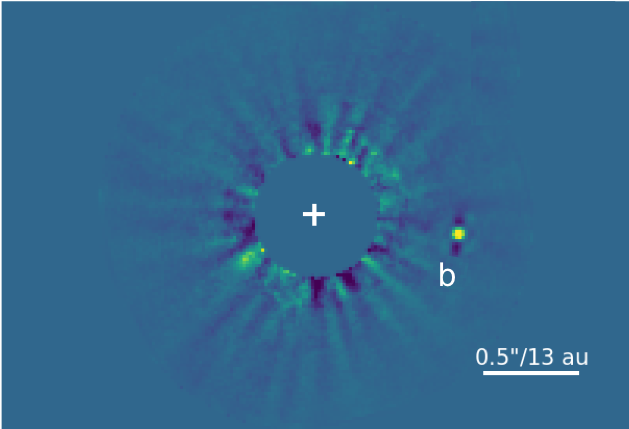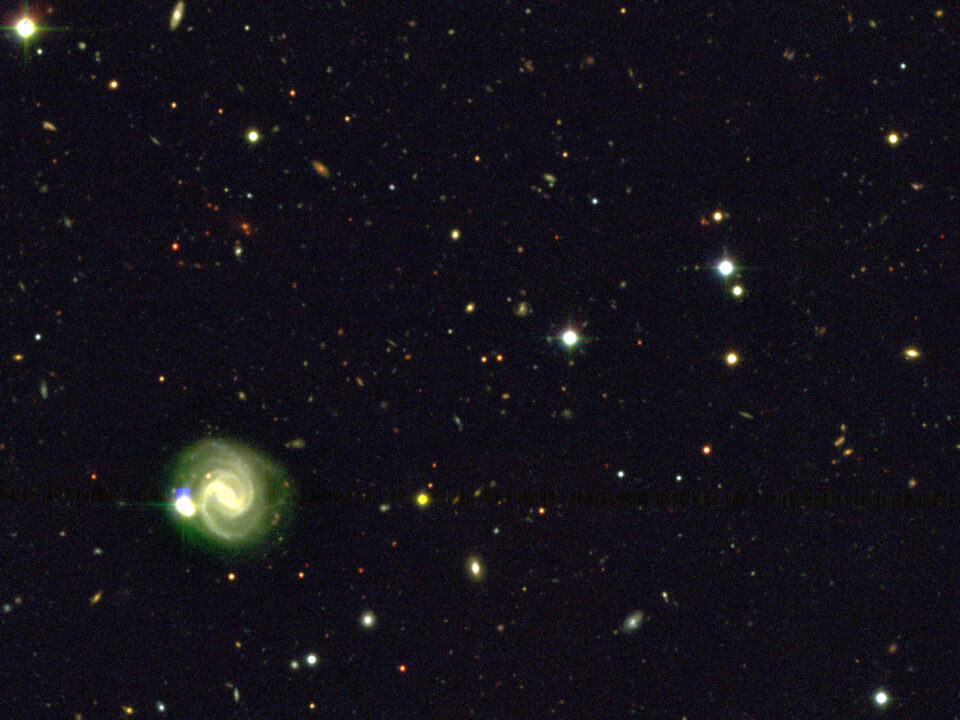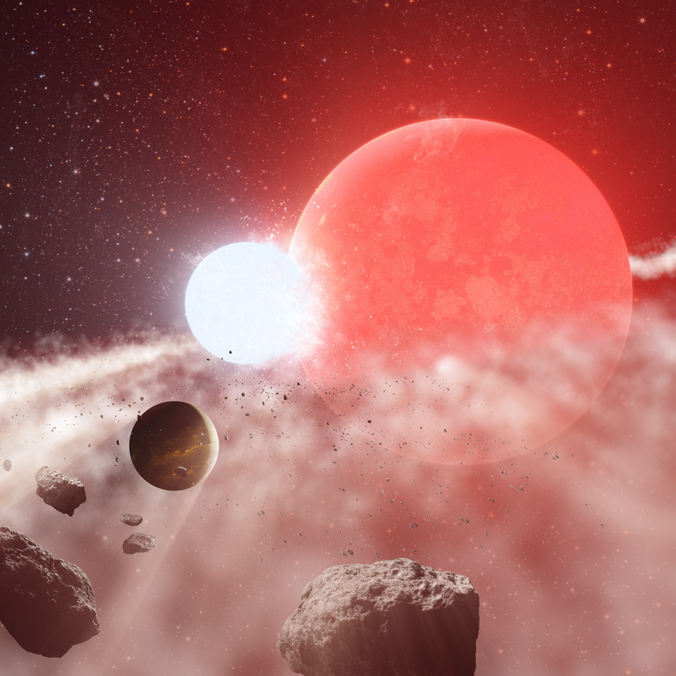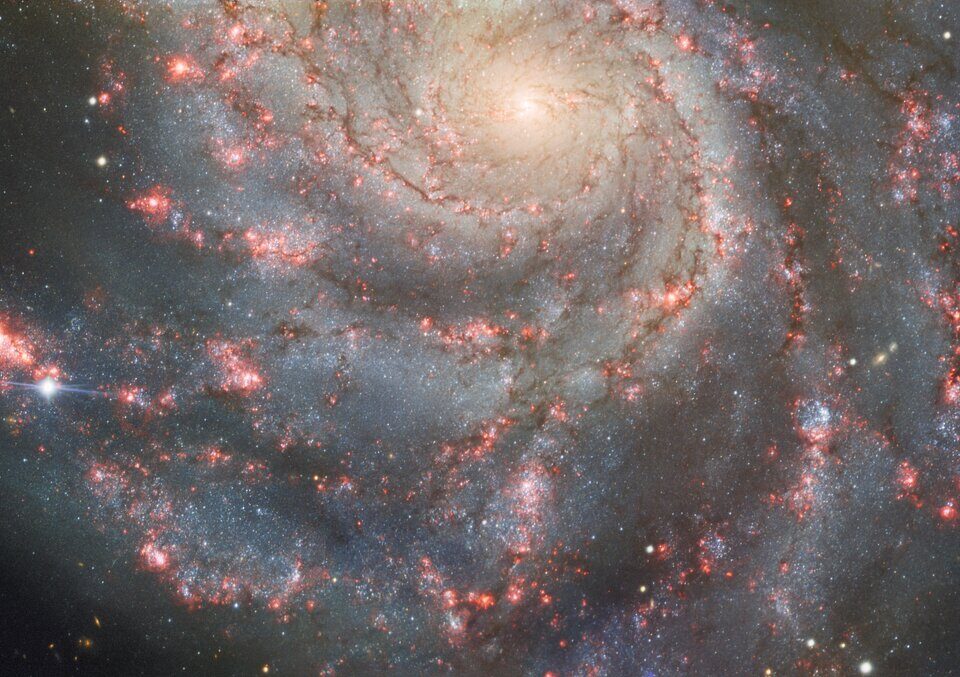New Instrument on Maunakea Telescope Nets its First Discovery

Blast from the Past!
December 8, 2020
Subaru Telescope Charts a Course to a Close-passing Asteroid
January 12, 2021Subaru Telescope has a new state-of-the-art instrument, SCExAO/CHARIS, and it has made its first discovery. SCExAO/CHARIS is devoted to imaging and study of planets orbiting stars beyond our solar system (known as “exoplanets”). A team of astronomers have recently used this new instrument to identify an exoplanet, named HD 33632 Ab, orbiting a 1.5 billion year-old star similar to our Sun, some 86 light-years away. Thanks to the incredibly sharp images produced by the new instrument, the team can not only see HD 33632 Ab and get ultra-precise measurements of its position, but also measure its infrared spectrum. The observations give the team important information on this newly-discovered exoplanet, including the types of molecules in its atmosphere and its orbit around the host star.
Read more, in the Subaru Telescope press release.




